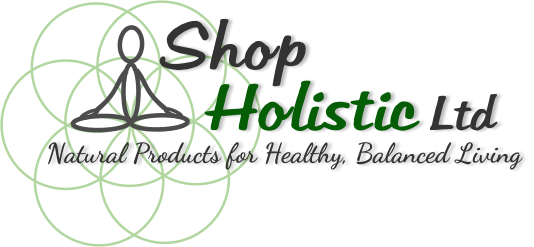Sodium Bentonite Clay, high quality from Wyoming (ph 9-10)
Other names: Sodium Montomorillonite, Bentonite Clay, Smectite Clay.
Bentonite clays have a Calcium and Sodium content. Depending on this ratio and which one is dominant, it is known as either Calcium Bentonite or Sodium Bentonite. Each have similar properties along with some differing properties including their pH and swelling capacities.
Wyoming sodium bentonite is a truly outstanding clay, with a very small particle size which not only gives it a lovely velvety texture, but also provides it with extra-high swelling capacity. The high pH level at 9-10 ensures high alkalinity of the clay - a property which is invaluable in neutralising acidic conditions.
Sodium bentonite is widely used for purification of wines and juices due to its high cation exchange capacity and ability to bind proteins. This property can be used to bind organic toxins - bacteria, viruses, fungi and metabolic toxic waste of organic origin (e.g. lactic acid).
INTERNAL APPLICATION - Clays are not recognised as food or medicinal products by the EU and therefore due to EU legislation we are unable to give any recommendations if you wish to use clay internally.
EXTERNAL APPLICATIONS - For external applications clays can be used in compresses, poultices, baths, face masks, body wraps and powder applications. They can also be used as tooth powders. In the cosmetics industry bentonites are used in soaps, toothpastes, face/body packs, and other clay-based products.
Compress - To make a compress, add water to clay while mixing it, to make it quite runny. The clay will take some time to hydrate - let it absorb water and add some more. The best way to have a supply of clay for compresses and poultices, as well as baths, is to mix enough to last for a while, let it hydrate for several hours, add more water if needed, and put it in a large container. No metal must be used when mixing clays. Spread over a piece of cloth. Apply on an affected area. The compress needs to be warm, but not hot. Cover with a compress paper, wrap up in a warm cloth. Leave on until the clay dries out.
Poultice - A poultice has a much more powerful effect than a compress, since it requires a lot more clay per application - 2-5 cm thick. Apply warm poultice over an affected area, cover with greaseproof paper and with a warm cloth. If an area is hot and inflamed, a cold poultice application is recommended to relieve the heat.
Bath - A bath has a weaker effect than a poultice and a compress, unless quite a lot of clay is used. In cases of large amounts of clay being used, there may be problems with drainage afterwards unless you are careful. For a bath, take 1-2kg of hydrated clay (see information below on how to mix it), mix it with very warm (not hot) bath water. Duration of such a bath would be about 30 minutes.
Face Mask - Basic face mask recipe: 1 tsp of clay + water to form a spreadable paste. Apply and leave to dry. Wash off, apply moisturiser. Clay masks can have other ingredients added, depending on the skin type and purpose of the mask. A bentonite mask is drying and deeply cleansing. Make sure a toner and moisturiser are used after the mask.
Body Wrap - Body wrap is another very useful application for bentonite clays. It is a luxurious and thoroughly therapeutic treatment, especially with powdered seaweed added to it. Mix the clay with seaweed powder (50/50), add water to form a spreadable mass. To do it at home, prepare a place to lie on first, and a warm room. Lay down 1 or 2 warm blankets, with a plastic sheet on top. Cover yourself with the mixture of clay and water, or clay, seaweed and water, lie down on the plastic sheet, cover yourself with the remaining half of the blanket. Make sure you remain warm throughout. Stay under the blanket for 15-30 minutes. Wash off in a shower or a bath. For a salon application, follow the normal procedure for a body wrap.
Body Powder - Dry clay powder can be used directly on the skin.
Sold in a various sizes up to a 5kg.
Related Products
Calcium Bentonite Clay, Spanish (pH 6)
Calcium Bentonite Clay, high quality from Spain (ph 6)Other names: Sodium Montomorillonite, Bentonite Clay, Smectite Clay.Bentonite clays have a Calcium and Sodium content. Depending on this ratio and..
£5.00
Psyllium Husks, Organically Sourced
Psyllium husks (psyllium seed husks) are used in the branch of Ayurveda.Psyllium husks are indigestible in human beings and are often consumed as a source of dietary fibre. They are commonly used as a..
£3.00





